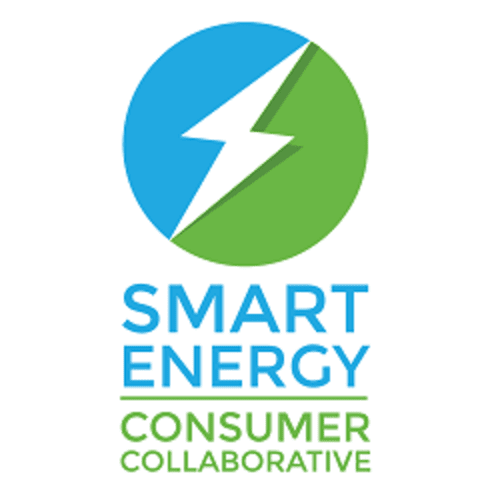
Most Americans are unaware of having a choice between electric rate plans and are generally unfamiliar with alternative rate options, such as time-of-use (TOU) rates and critical peak pricing, according to the latest research report from the Smart Energy Consumer Collaborative (SECC).
The “Electric Bills and Rate Plans: Consumer Awareness and Understanding” report, which is based on an online survey of 2,013 Americans who are responsible for household energy decisions, explored consumers’ attitudes toward their electric bills, comprehension of the factors that impact bills, understanding of common rate options, preferred characteristics in a rate plan, interest in prepaid billing and green rates, and more.
The study revealed that most consumers seek to save money by reducing electricity usage and recognize that their monthly bill can be a tool to that end. Nearly three-quarters of respondents (72 percent) said that they like checking their electricity bill to see if they have been able to reduce their electricity consumption that month.
However, it also revealed frustration with bills and difficulty understanding their contents. About half of respondents said they hate opening their electricity bills, and 59 percent stated that some parts of the bill seem like they are written in another language. Additionally, many consumers were quite skeptical of their electricity providers’ motives: 43 percent agreed that most of what is included in their bill is just there to confuse them and distract them from the price.
With the notable rise in time-varying and other new rates in recent years, the survey also explored consumers’ awareness of their electric rate options. While most consumers today have at least some rate plan options, a plurality of consumers (37 percent) said they did not believe they have any options. Furthermore, 34 percent said that they were not sure, leaving only 28 percent of consumers that responded with a definitive “yes”. The lack of awareness of whether choice is available indicates that electricity providers may need to improve how they communicate with consumers regarding their choice of rate plans.
The survey also specifically investigated green rates and found that only 18 percent of consumers were aware of the term “green rates” prior to taking the survey. When asked about their feelings about green rates, 39 percent of respondents stated that they sound great in theory but that they cannot justify paying more. And one-third said that they sound like an excuse to raise prices on consumers.
While recent consumer research revealed widespread concern for the environment, the respondents to this survey do not seem to have trust in this specific mechanism as a means to make the grid cleaner and are unlikely to broadly support higher rates in exchange for green power – at least without a clear demonstration of the benefits.
The full “Electric Bills and Rate Plans: Consumer Awareness and Understanding” report can be downloaded here by SECC members and is available to members of the media on request. In addition, SECC’s President & CEO Nathan Shannon and guest speakers from Uplight and Maru/Matchbox are hosting a one-hour webinar on the report’s key findings and top recommendations for electricity providers on Tuesday, December 13 at 1 p.m. (ET).
The Smart Energy Consumer Collaborative (SECC) is a 501(c)(3) nonprofit organization that works to learn the wants and needs of energy consumers in North America, encourages the collaborative sharing of best practices in consumer engagement among industry stakeholders, and educates the public about the benefits of smart energy and energy technology. To learn more, visit www.smartenergycc.org or follow our Company Page on LinkedIn.
